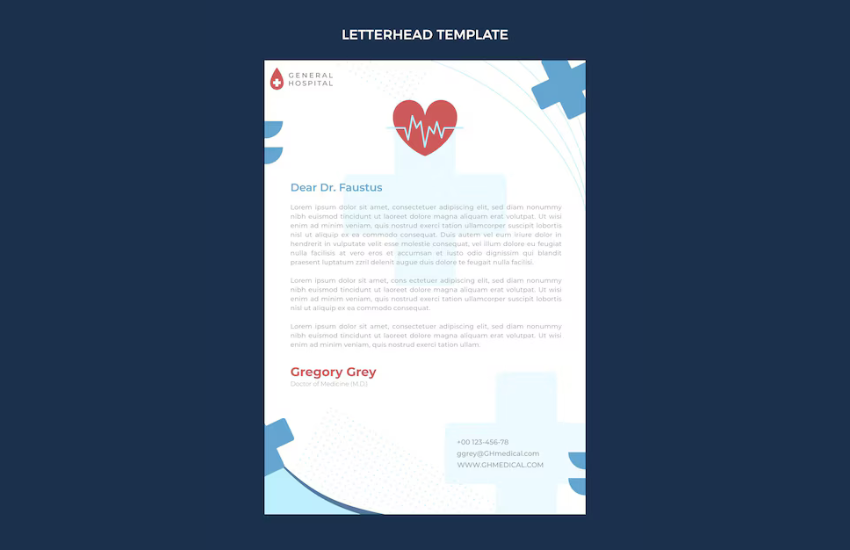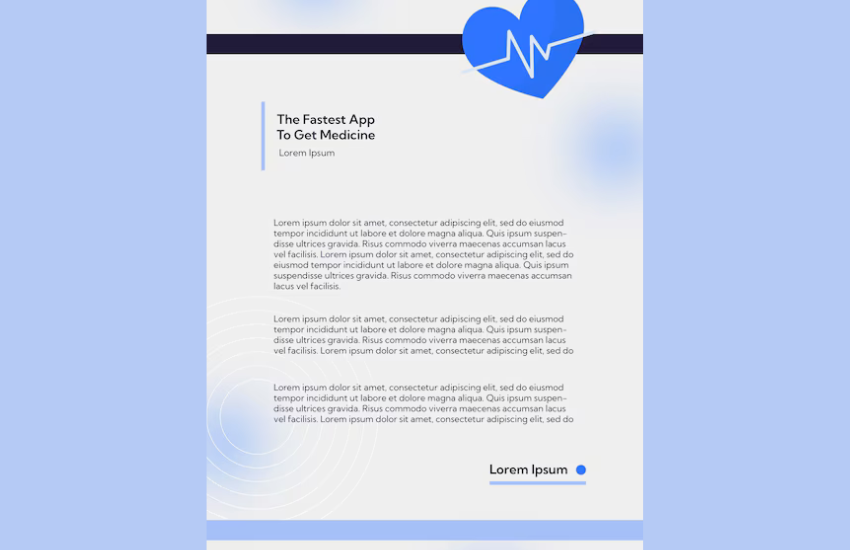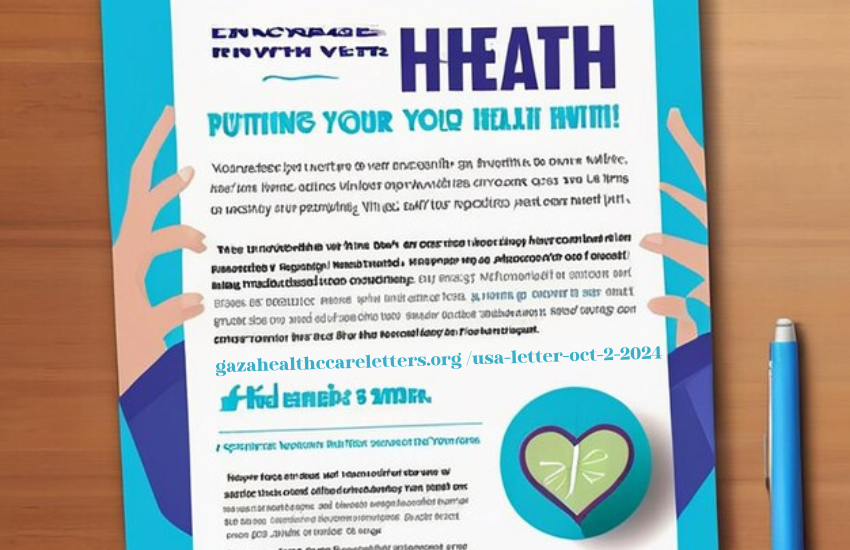The gazahealthccareletters.org /usa-letter-oct-2-2024 is a pressing issue that affects the lives of millions. This article delves into the multifaceted challenges faced by the healthcare system in Gaza, highlighting the historical context, current state, and the impact of ongoing blockades. Understanding these issues is crucial for mobilizing global support and finding sustainable solutions.
Historical Context
Gaza, a small strip of land along the Mediterranean coast, has a tumultuous history marked by conflict and hardship. Over the decades, the healthcare system in Gaza has struggled to cope with the demands of its population due to political instability and recurrent conflicts. The historical context sets the stage for the current healthcare crisis, providing insights into the deep-rooted challenges that persist today.
Current State of Healthcare
The healthcare system in Gaza is severely under-resourced. Medical facilities are scarce, and those that exist are often under-equipped. Access to essential medicines is limited, making it difficult for healthcare providers to deliver adequate care. The infrastructure, from hospitals to clinics, is in dire need of modernization and repair. These deficiencies collectively undermine the quality of healthcare services available to the people of Gaza.
Impact of Blockades
The blockades imposed on Gaza have a profound impact on the healthcare system. These blockades disrupt supply chains, leading to critical shortages of medical supplies. The inability to import necessary equipment and medicines exacerbates the already fragile healthcare infrastructure. As a result, healthcare providers face immense challenges in meeting the basic health needs of the population.

Healthcare Personnel
One of the significant challenges in Gaza’s healthcare system is the shortage of trained healthcare personnel. The limited availability of doctors and nurses is compounded by challenges in training and education. Many healthcare professionals face difficulties in obtaining advanced training, which affects the overall quality of care provided.
Disease Burden
Gaza faces a high burden of disease, with common ailments ranging from infectious diseases to chronic illnesses. Conditions such as diabetes, hypertension, and heart disease are prevalent, and the healthcare system struggles to manage these chronic illnesses effectively. The lack of resources and infrastructure further complicates the delivery of necessary treatments.
Child Health
Child health is a critical concern in Gaza. The infant mortality rate is alarmingly high, reflecting the inadequacies in pediatric healthcare services. Children in Gaza often lack access to routine vaccinations and essential medical care, putting their health and development at risk.
Maternal Health
Maternal health services in Gaza are insufficient, leading to high maternal mortality rates. Prenatal and postnatal care are often inadequate, and many women do not receive the necessary support during pregnancy and childbirth. Improving maternal health services is crucial for the well-being of mothers and their children.
Mental Health
The psychological impact of living in a conflict zone cannot be overstated. The people of Gaza experience high levels of stress, anxiety, and trauma. Mental health services are limited, and there is a significant need for more resources and support to address the mental health crisis in the region.
International Aid and Support
International organizations play a crucial role in providing aid and support to Gaza’s healthcare system. However, delivering aid is fraught with challenges due to political and logistical barriers. Despite these hurdles, international aid remains a lifeline for many in Gaza, providing essential medical supplies and support.
Local NGOs and Initiatives
Government Role
The Palestinian Authority’s healthcare policies significantly impact the healthcare system in Gaza. Coordination with international bodies is essential for improving healthcare services. Effective policies and collaboration can lead to better health outcomes for the people of Gaza.
Case Studies
Personal stories from healthcare workers and patients provide a human perspective on the healthcare crisis. These case studies illustrate the daily struggles and triumphs within the healthcare system, offering a glimpse into the reality on the ground.

Future Prospects
Despite the challenges, there are potential improvements on the horizon for Gaza’s healthcare system. Advances in technology and the introduction of telemedicine can help bridge some of the gaps in healthcare delivery. Long-term, sustainable solutions are needed to ensure better health outcomes for the people of Gaza.
Conclusion
The healthcare crisis in Gaza is a complex issue that requires concerted global effort to address. By understanding the historical context, current challenges, and potential solutions, we can work towards a better future for the people of Gaza. It is imperative that the international community continues to support and advocate for improved healthcare services in the region.
Frequently Asked Questions (FAQs)
- What are the main healthcare challenges in Gaza?
- The main challenges include a shortage of medical supplies, inadequate healthcare infrastructure, and a lack of trained healthcare personnel.
- How do blockades affect healthcare in Gaza?
- Blockades disrupt supply chains, leading to shortages of essential medical supplies and equipment, which hampers the delivery of healthcare services.
- What diseases are most common in Gaza?
- Common diseases in Gaza include diabetes, hypertension, heart disease, and various infectious diseases.
- What is the state of child health in Gaza?
- Child health is poor, with high infant mortality rates and limited access to pediatric healthcare services.
- How is maternal health in Gaza?
- Maternal health services are inadequate, resulting in high maternal mortality rates and insufficient prenatal and postnatal care.
- What role do international organizations play in Gaza’s healthcare?
- International organizations provide essential aid and support, including medical supplies and training, but face significant challenges in delivering this aid.


